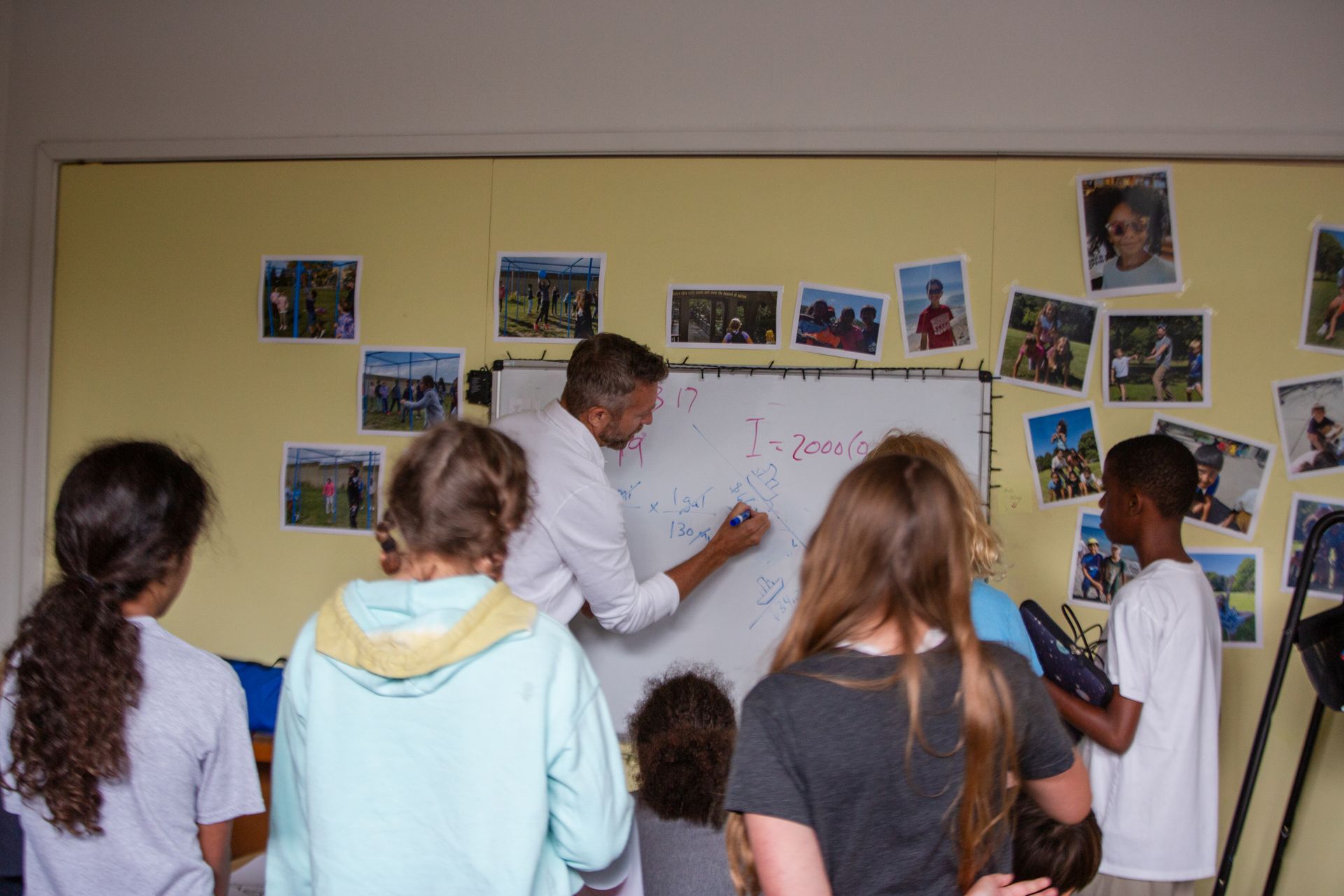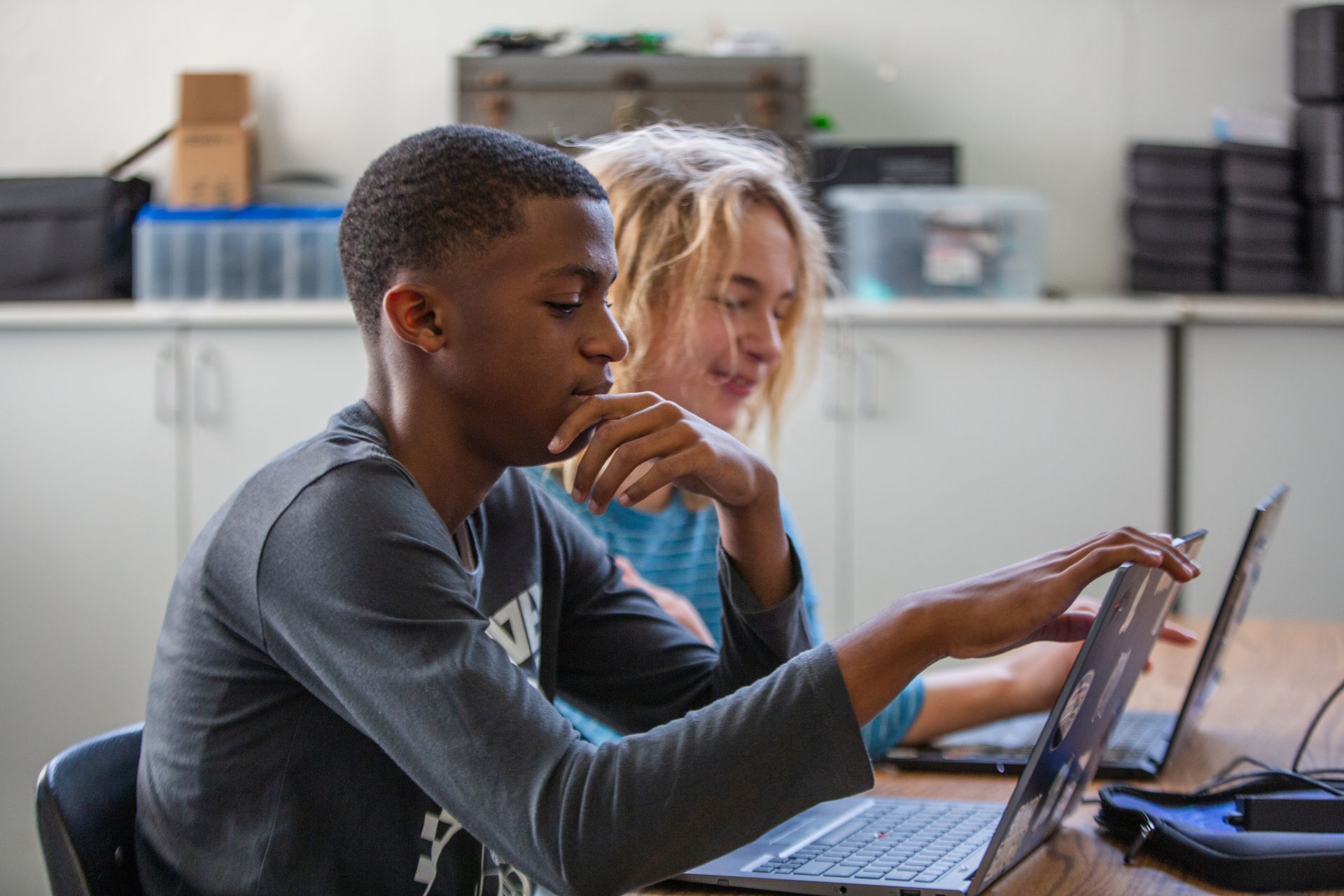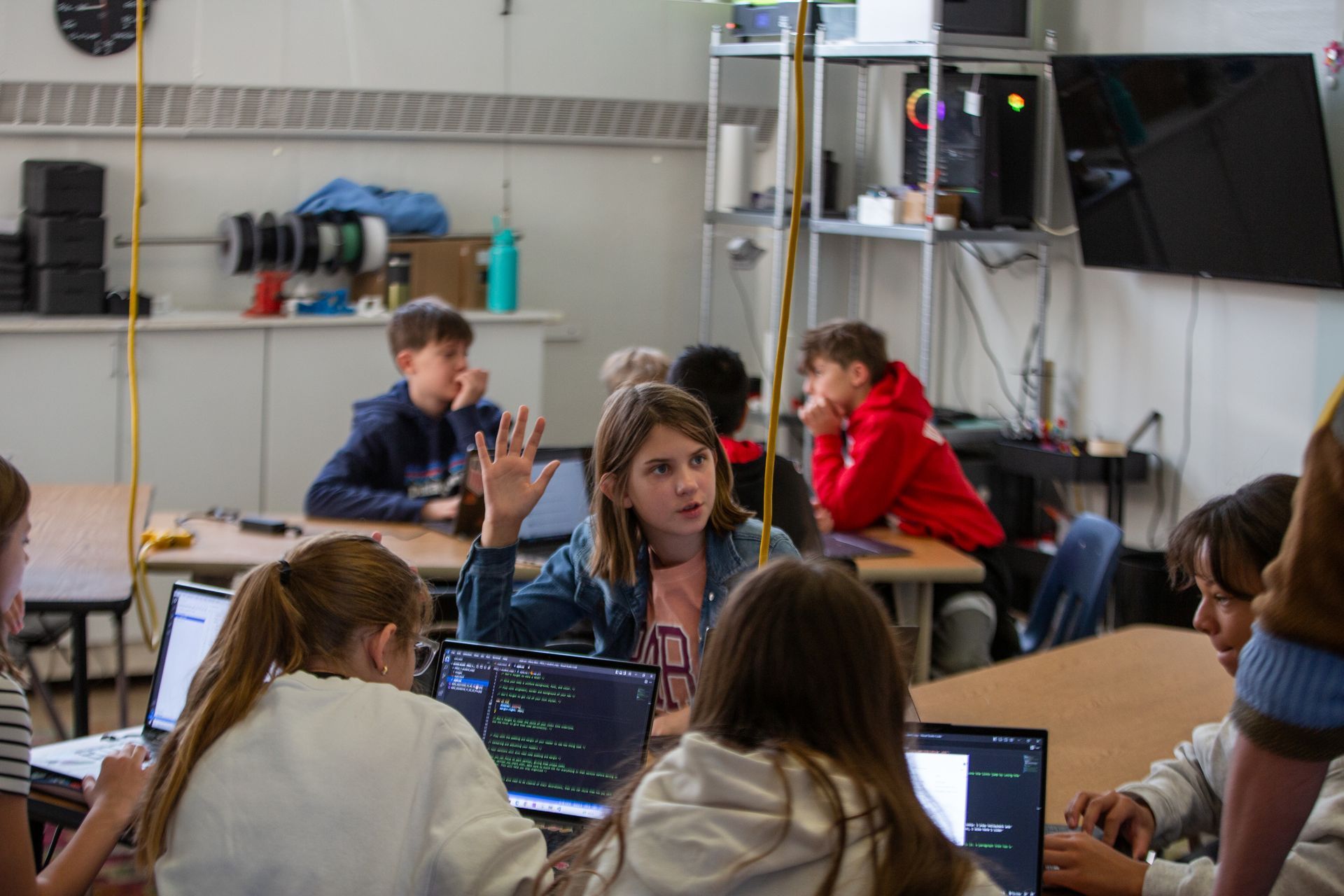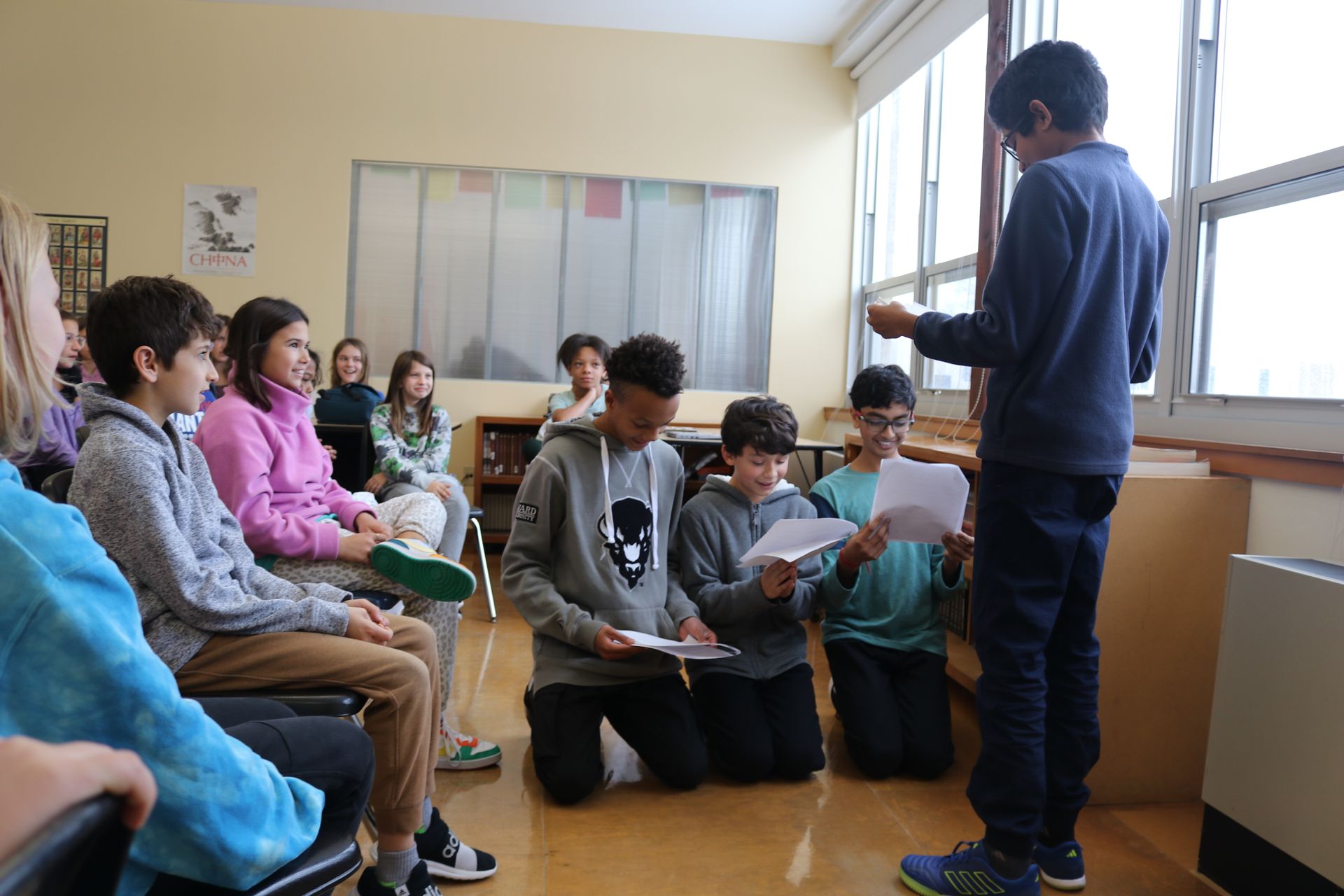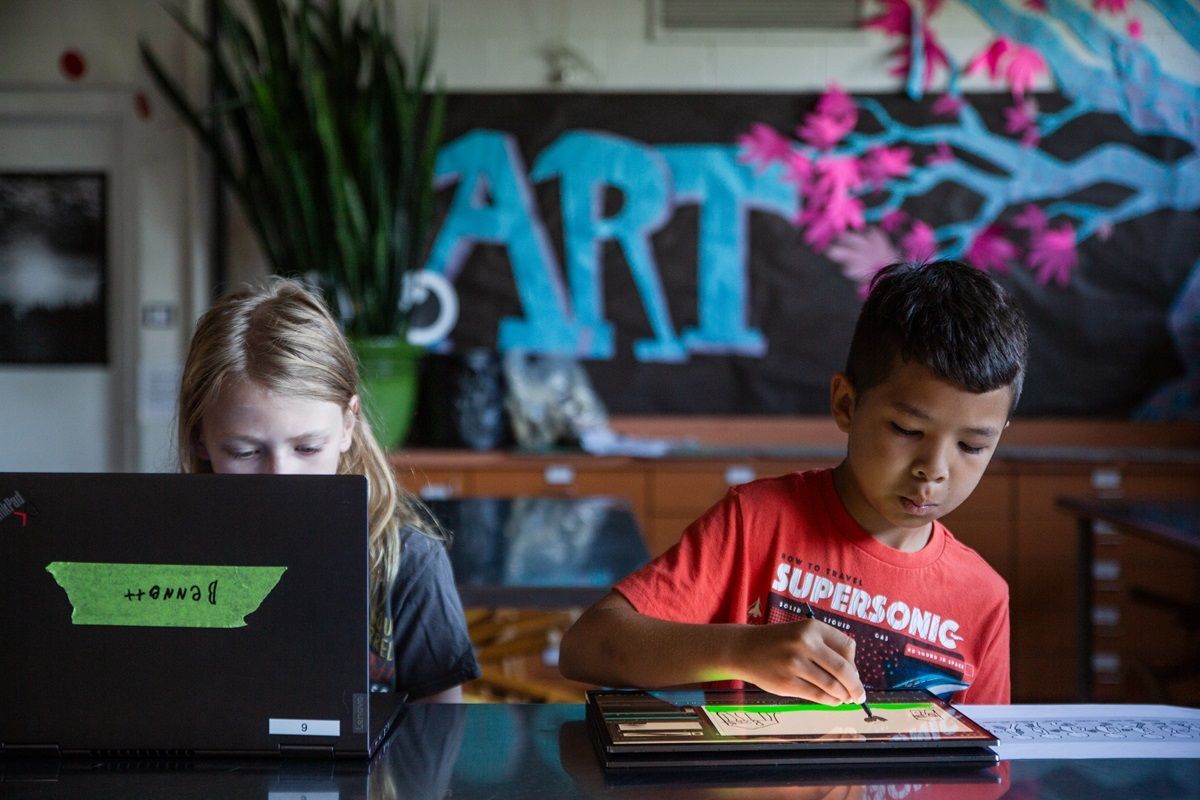Teaching Cursive Handwriting - Why?
New Paragraph
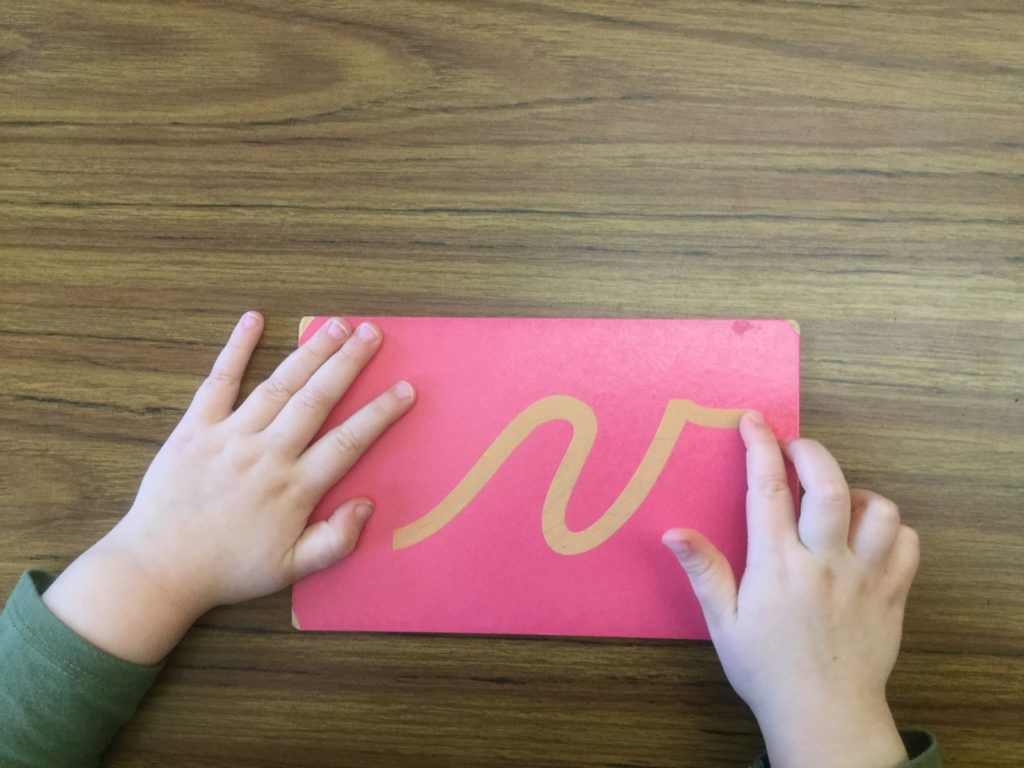
Why do we teach cursive at MMS?
We’ve been teaching cursive since our inception, but both the New York Times and the Atlantic Monthly have joined in the cause by publishing editorials recently showcasing the benefits of teaching children to write in cursive.
According to new research, not only does cursive increase the speed of writing, it also improves brain development in the areas of thinking, language, and working memory by stimulating brain synapses and synchronicity between the left and right hemispheres, something absent from either printing or typing.
At
MMS, we appreciate these new findings, but our purpose is more.
Learning to write in cursive is easier for young children for three reasons:
- Every single letter starts on the baseline.
- The pencil never comes off the paper.
- Cursive writing prevents letter reversals that we see in print, specifically letters b, d, q, p, f, t, a, and c.
Starting on the Baseline
The cursive e starts at the baseline, swings up to the midline, the pencil pulls straight down, and the release is up. The pencil never comes off of the paper.
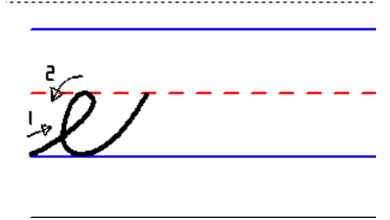
When printing the letter e, the student does not even start on a line, but has to begin between two lines, moving backward, then arcing up and over. To ensure that the letter is centered on the first line, children often pick up the pencil, thereby breaking continuity.
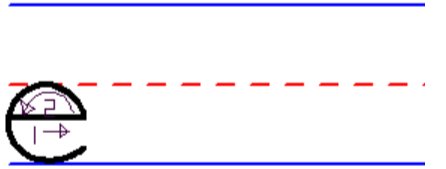
In fact, printing requires the student to lift the pencil often to make calculations for space. Consider the letter t where again the student has to determine a start between two lines.
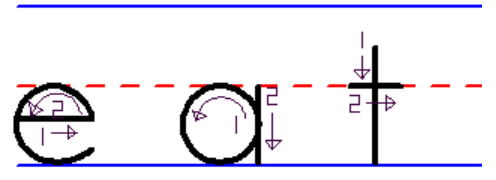
Cursive letters always start at the baseline and extend to the top line. The letter t is crossed at the midline, and once children learn how to write a few cursive letters individually, they learn how to connect the consonants with vowels. Connecting letters together is easier than writing each letter individually.

Finally, reversals just disappear. In cursive, none of these letters below looks like the other.

Whereas many young children working in print struggle with reversals for some time, making it hard for them to read their work and spell correctly.

With the advent of computers and keyboard communications, handwriting seems like a lost art, much more so cursive handwriting. Some researchers say that current graduate students have trouble reading cursive from primary sources written in the 20th century!
Because learning
how to write is an essential part of learning
how to read, and the benefits of learning to write in cursive are clear, at MMS, we will continue to teach young children the
art and skill of writing in cursive.

